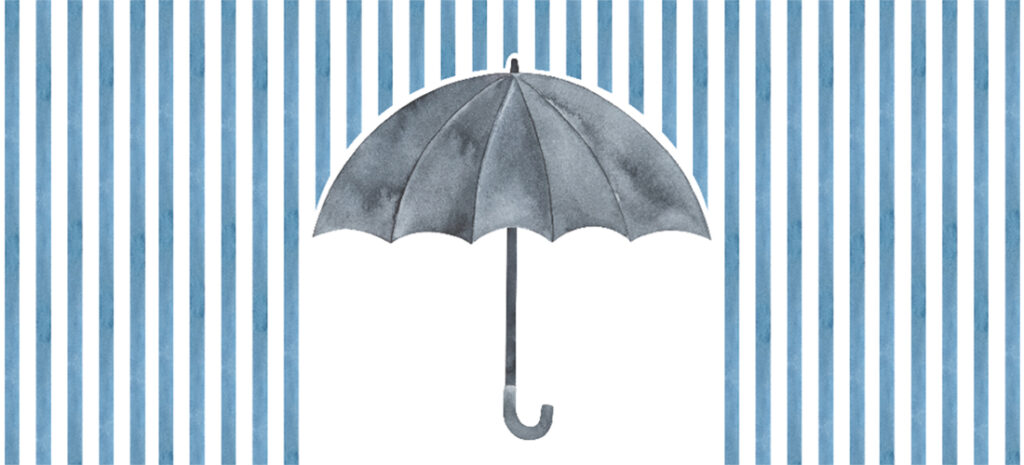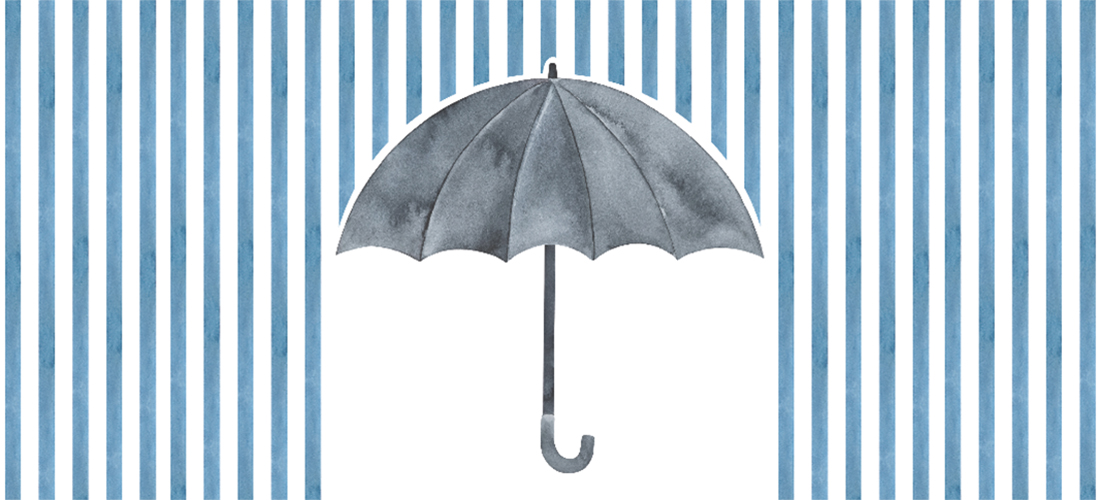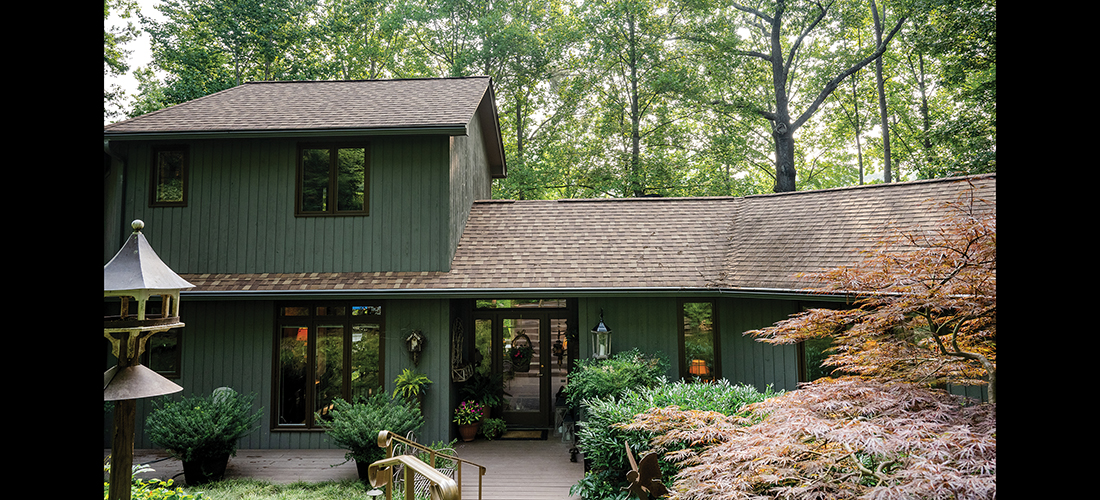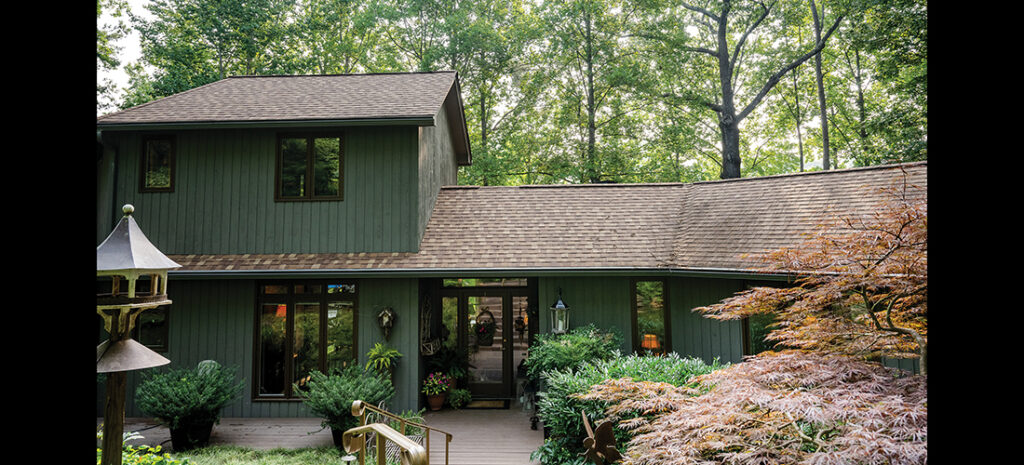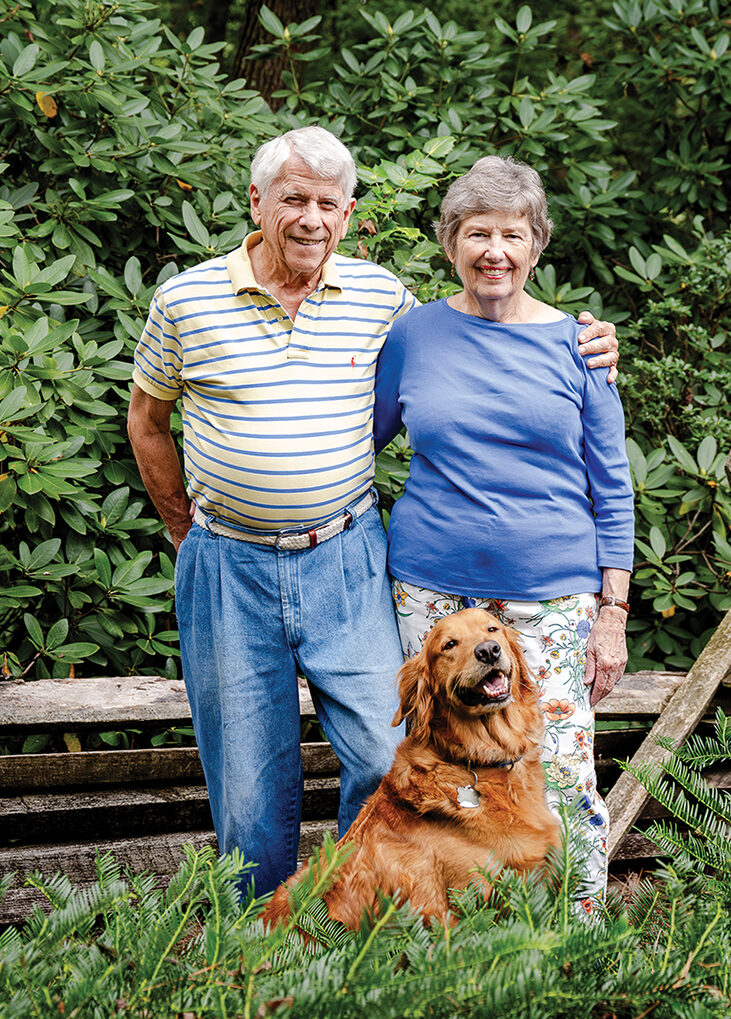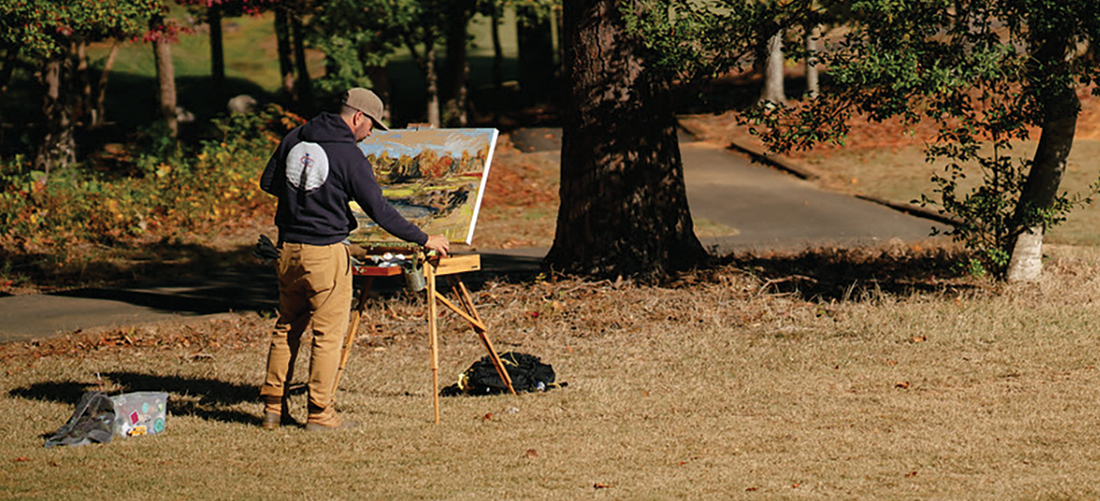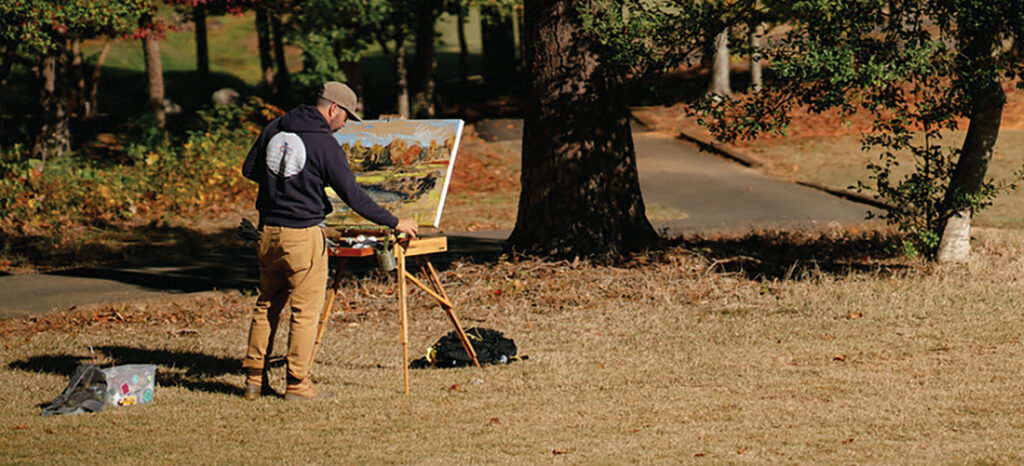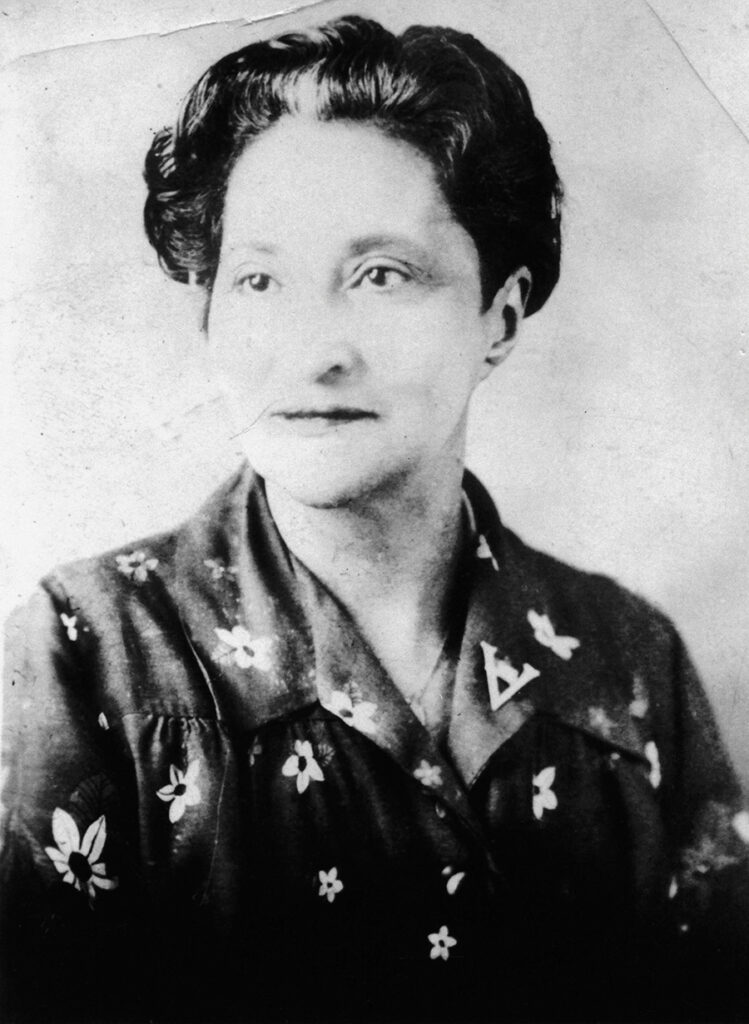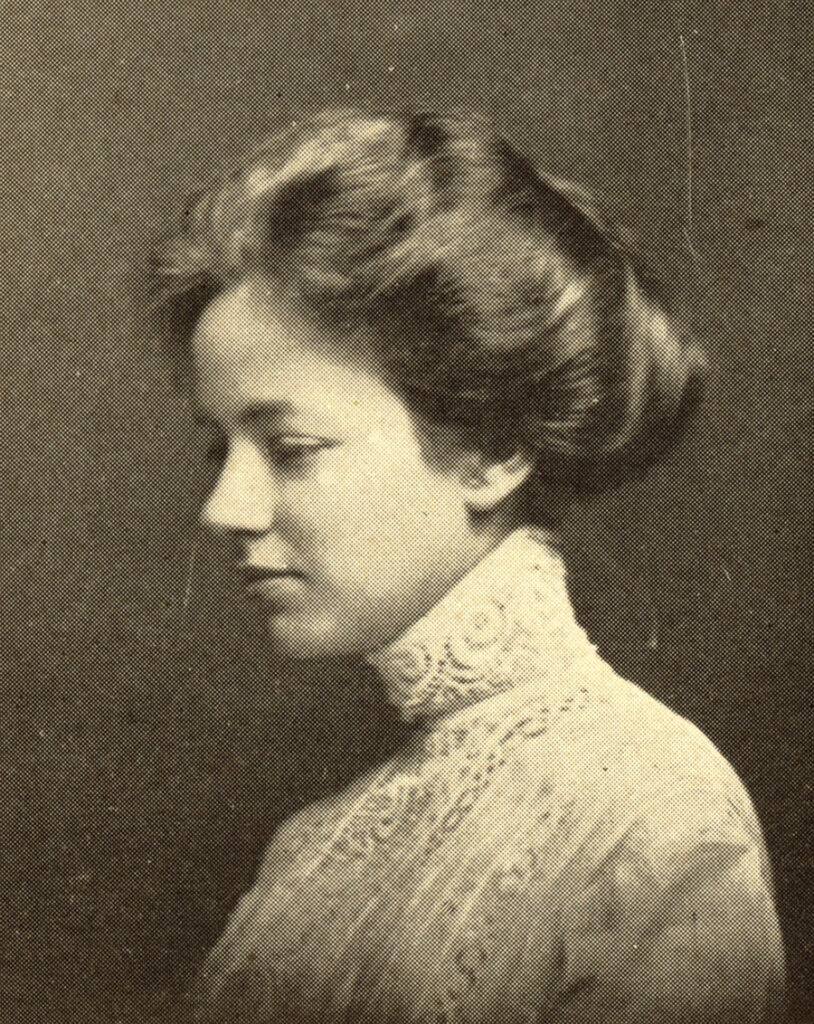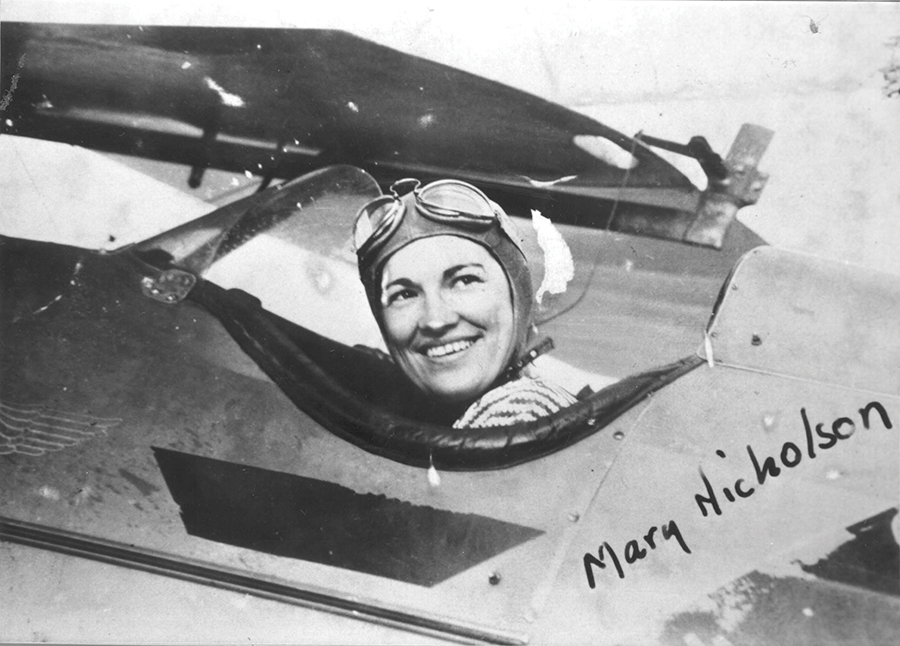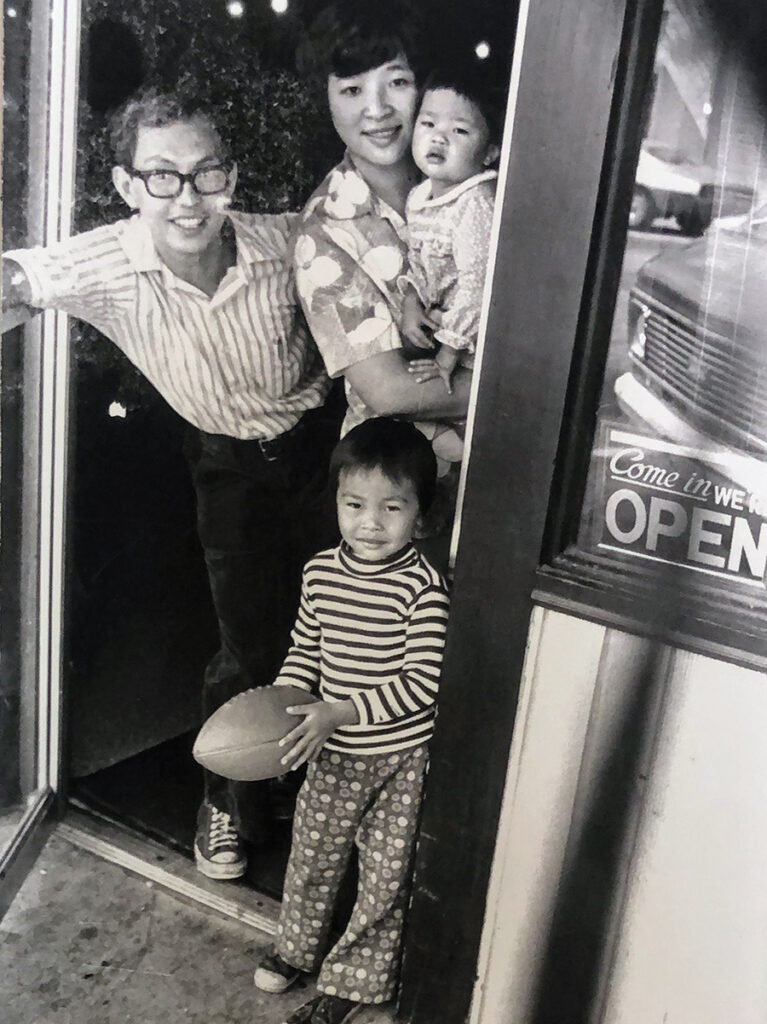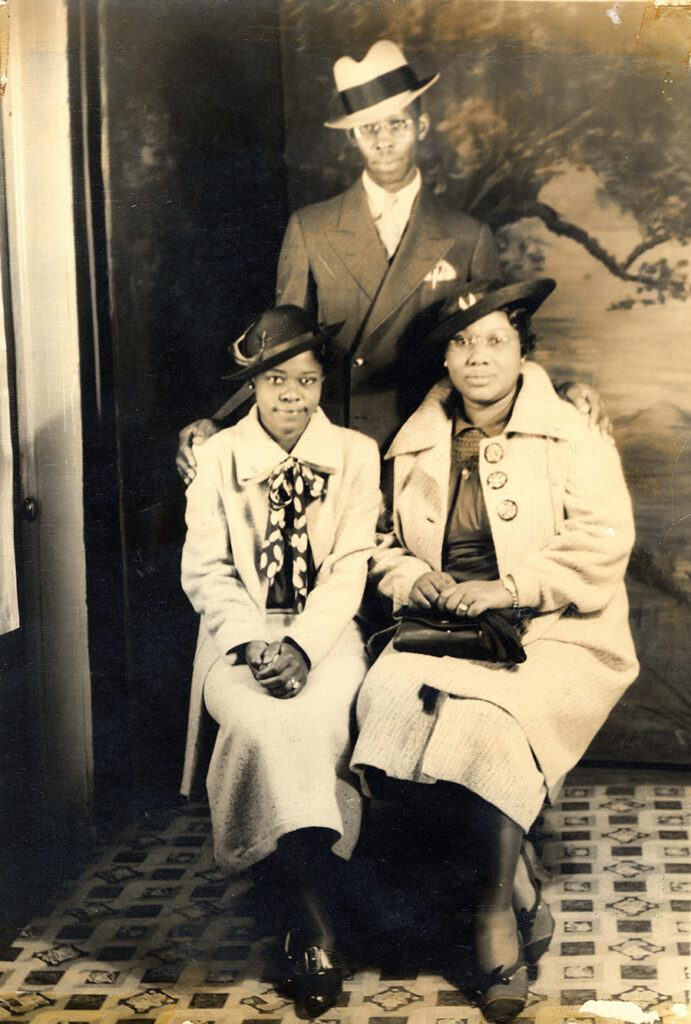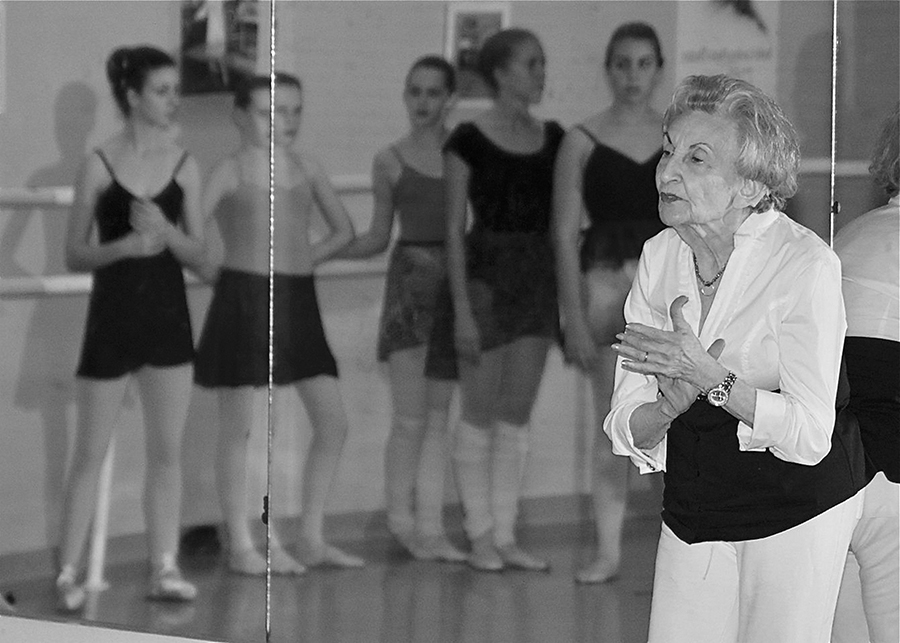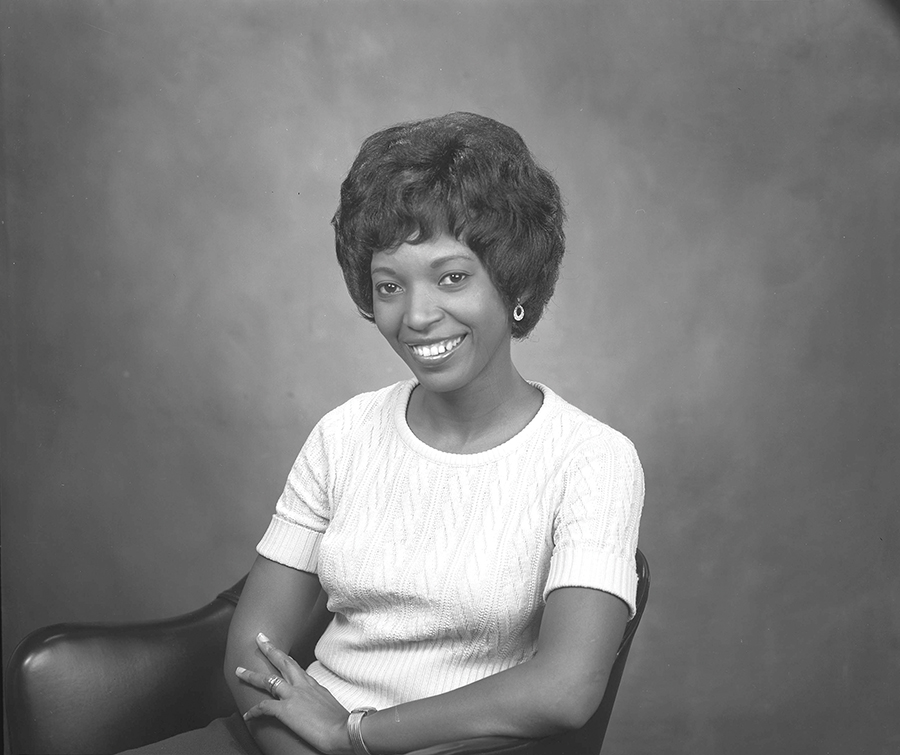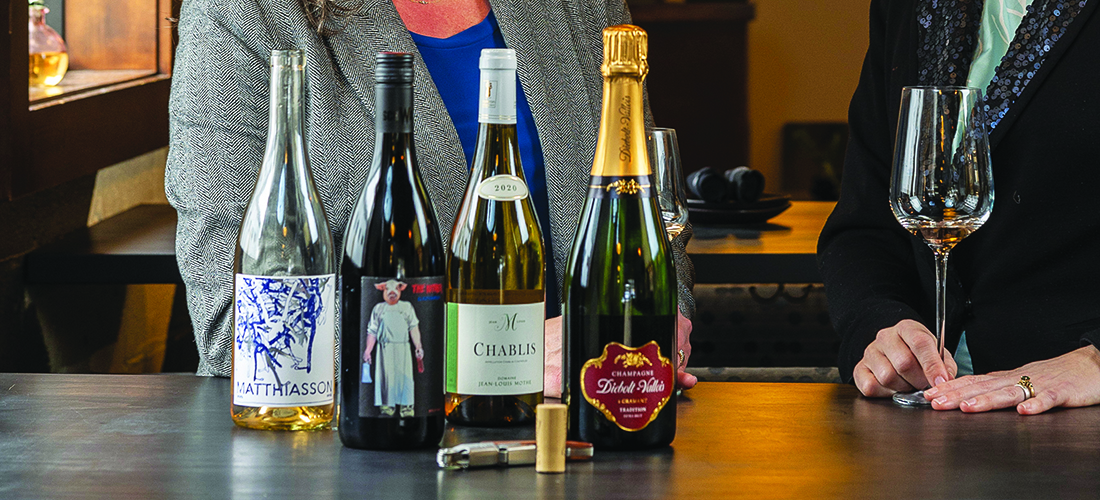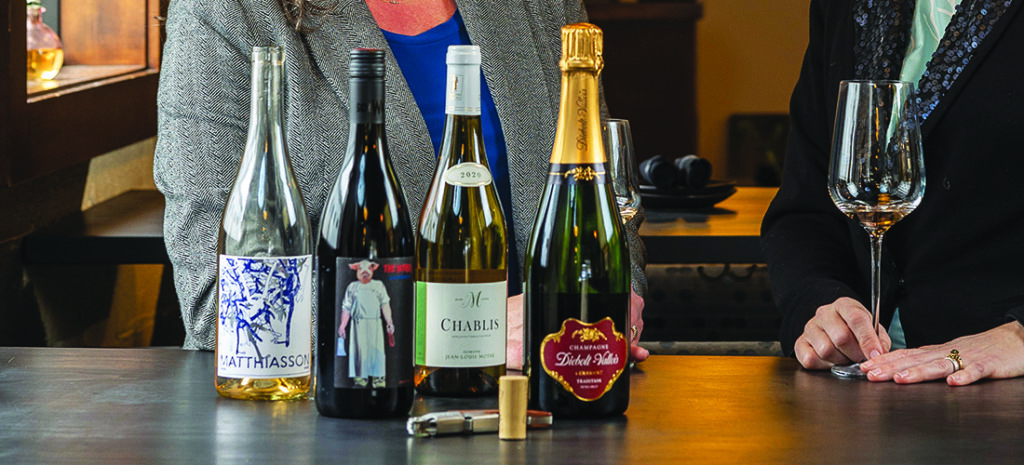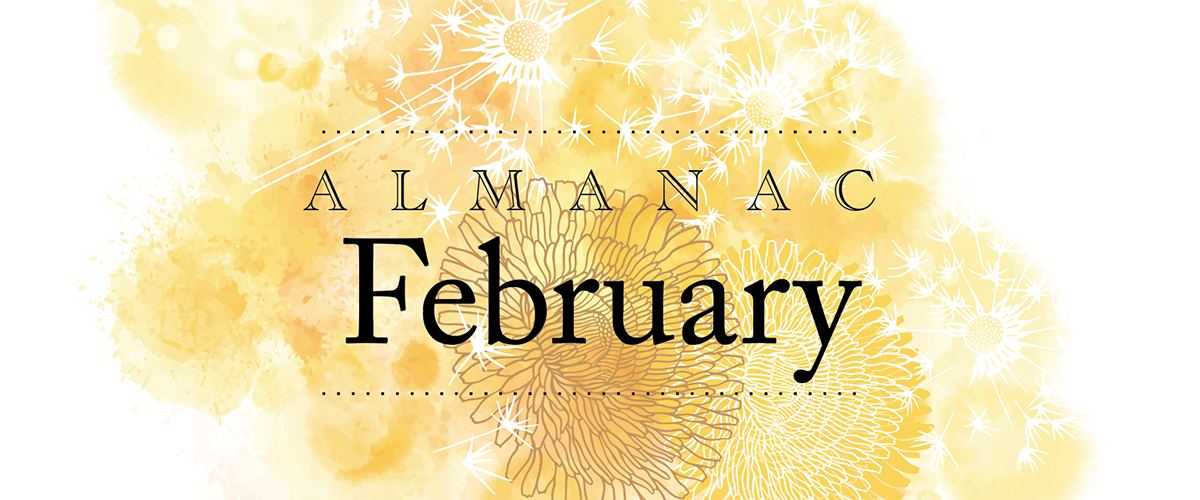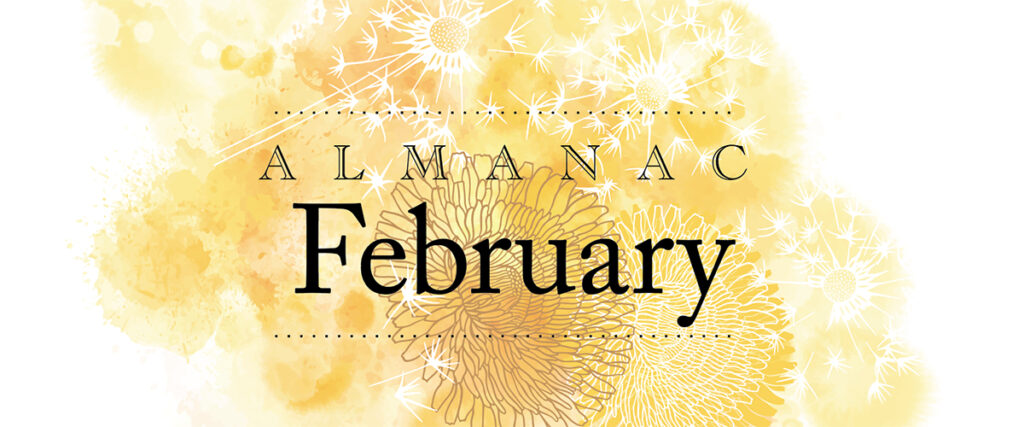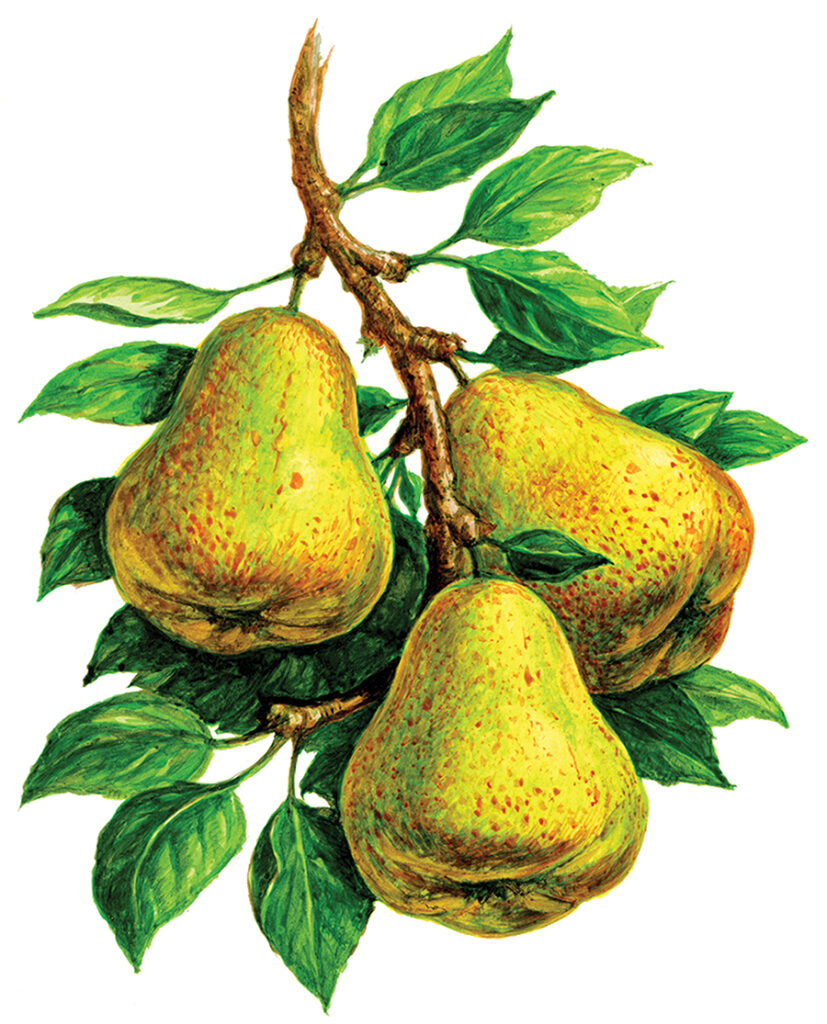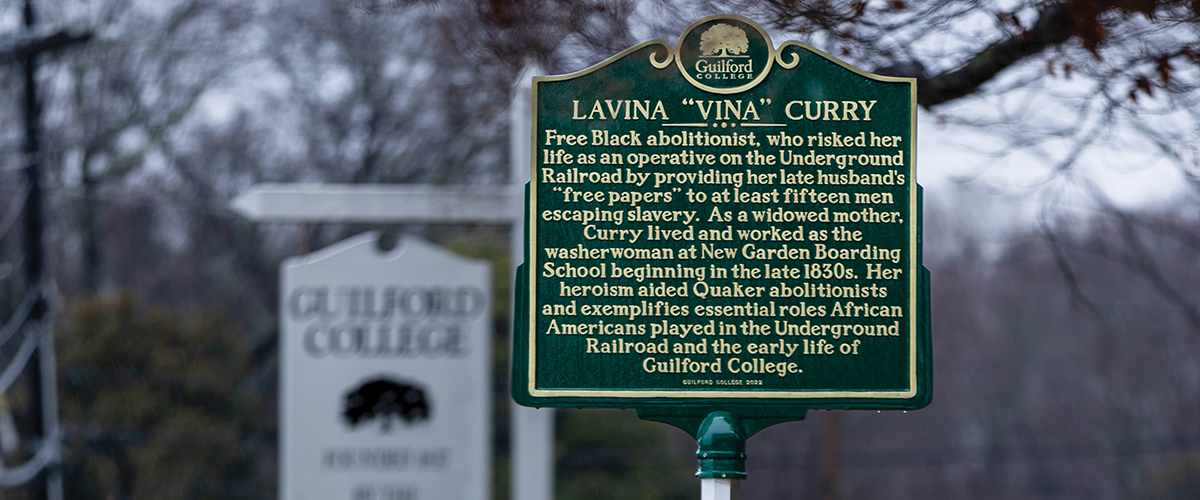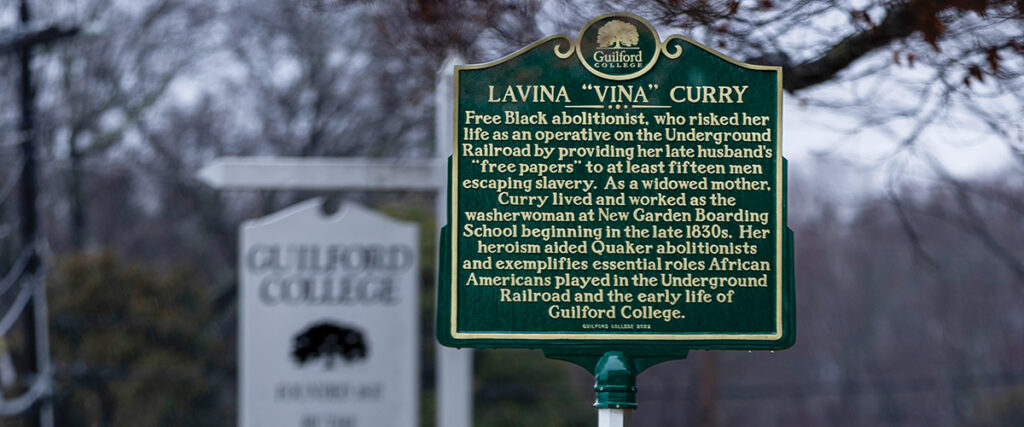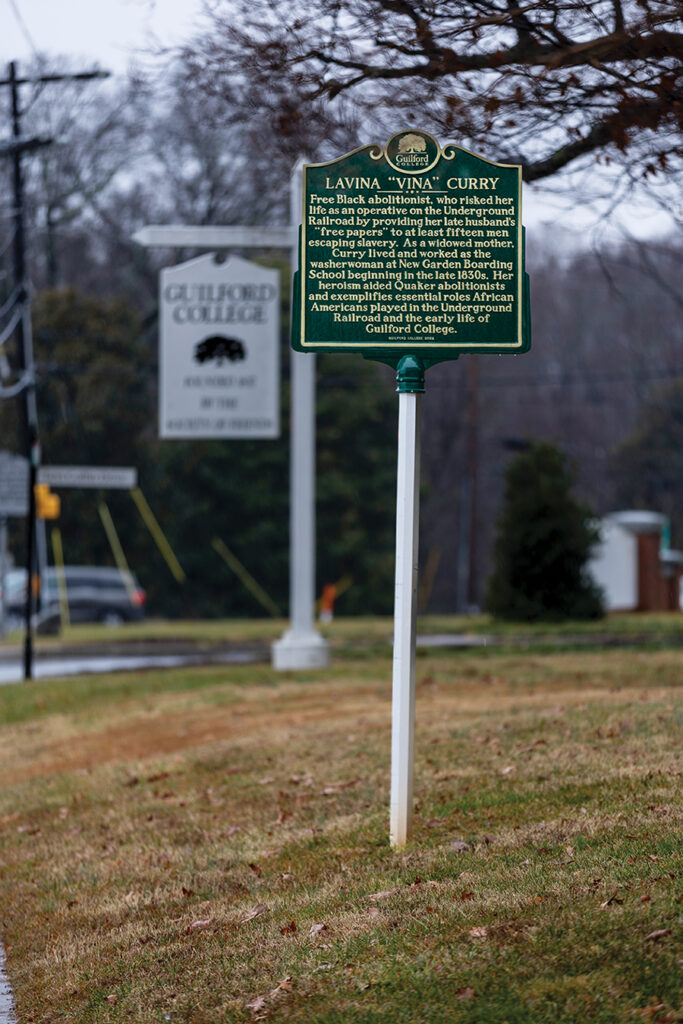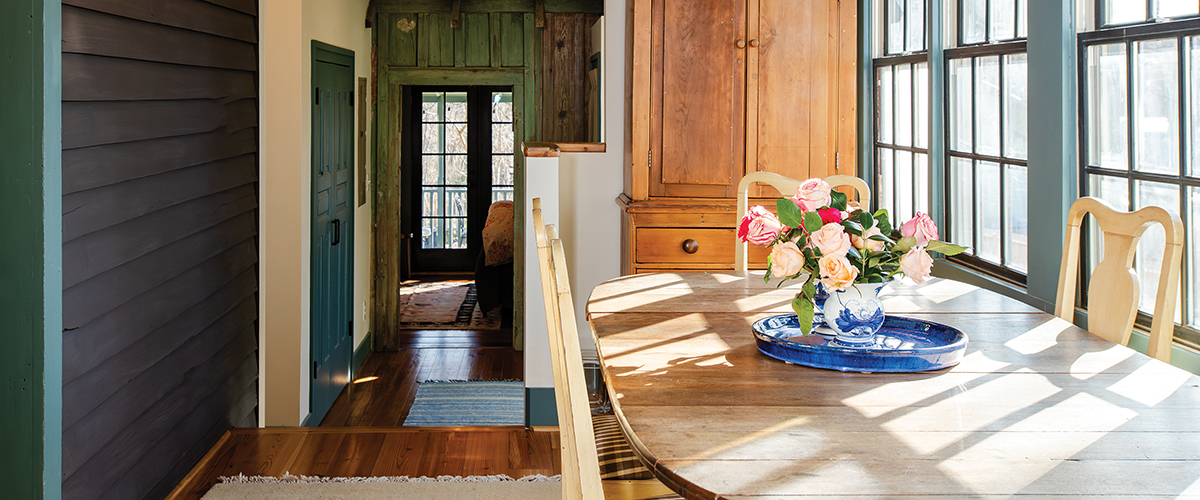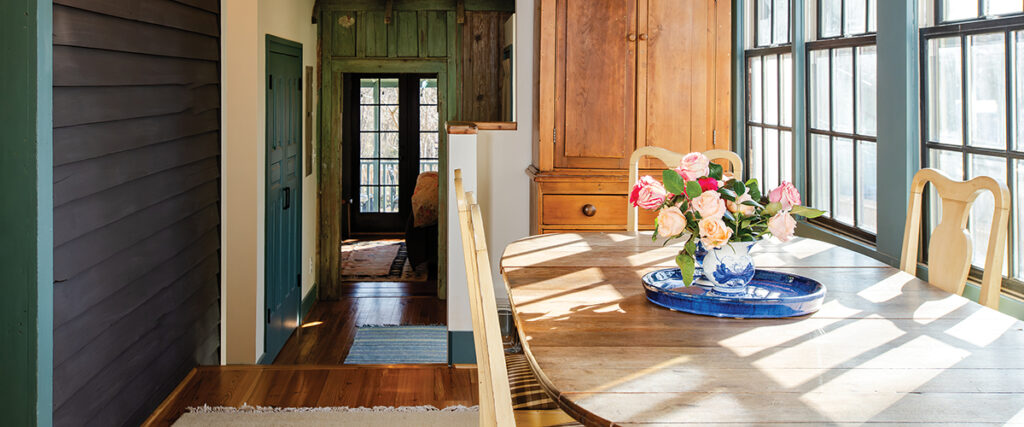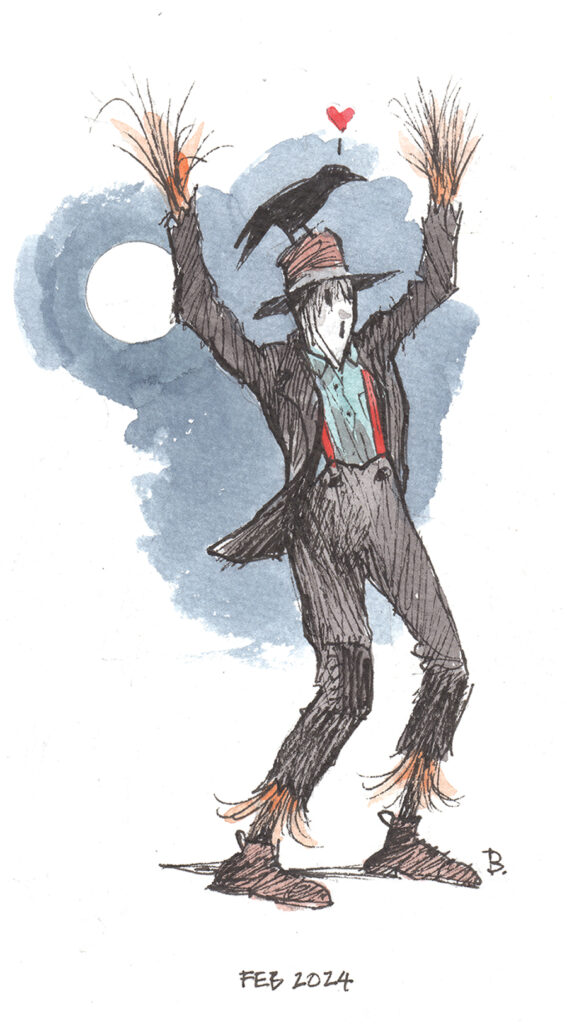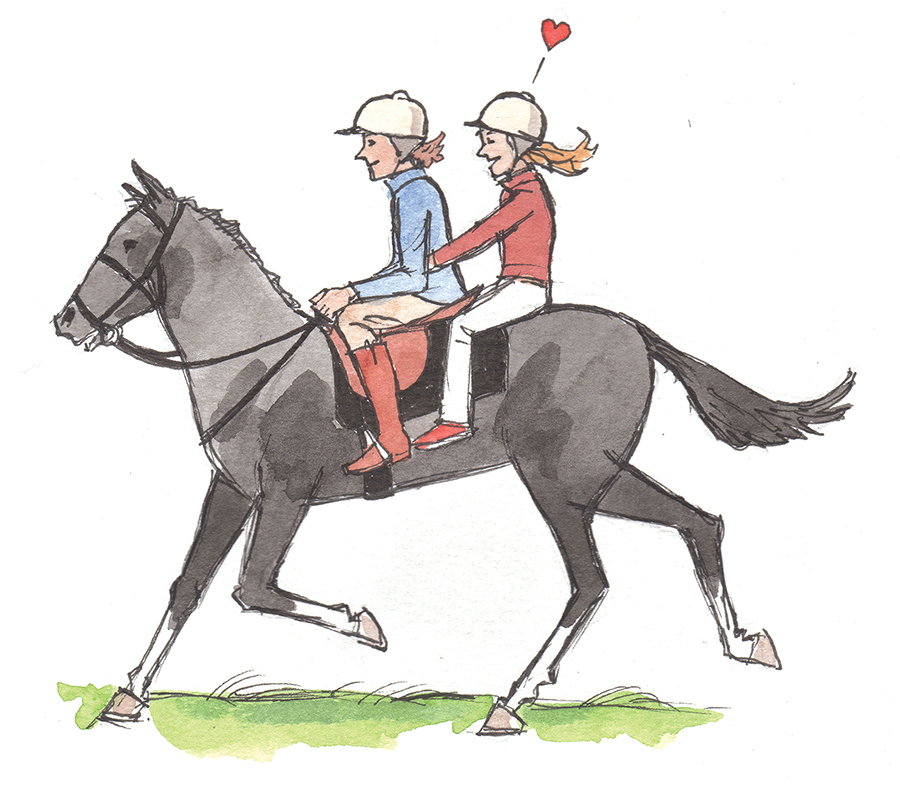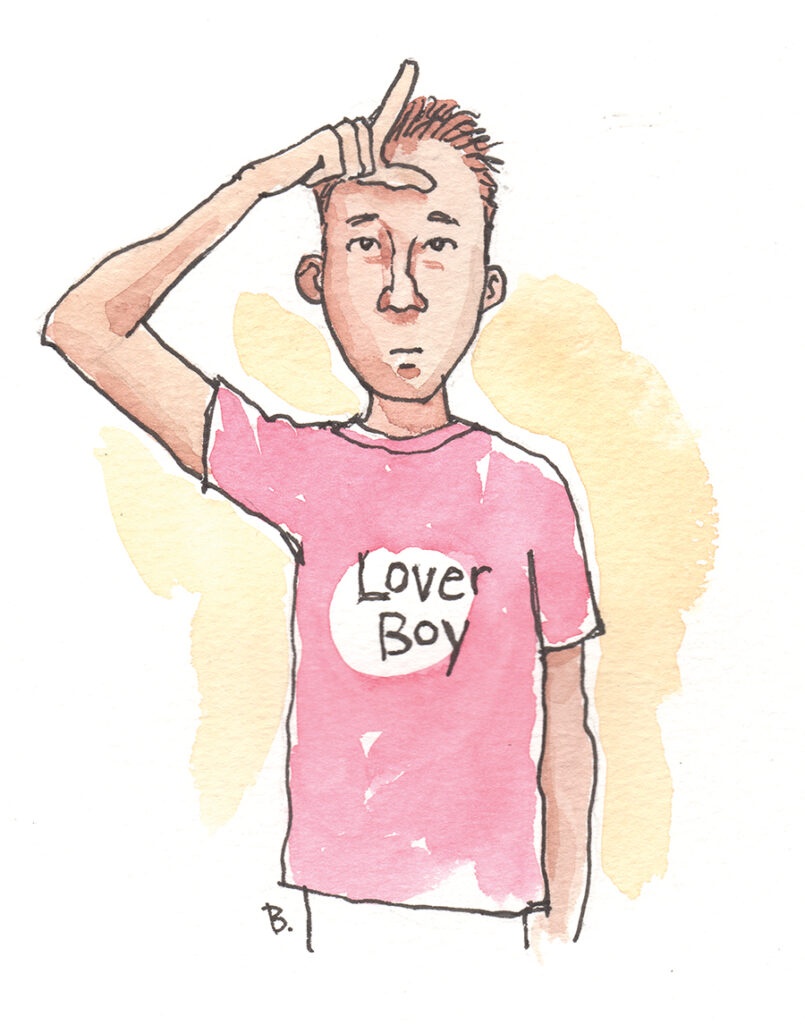“The room we’re using as the kitchen was originally added to most of the houses around 1900,” explains Molly, standing at a center island featuring white, honed Danby marble from Vermont. “The original portion [of the house] dates to 1880, when the mill was built.”
Molly, who “cooks from scratch,” required a functional kitchen. A porcelain farm sink is another nod to European style.
A shallow pewter cabinet hugs the kitchen wall, found at a Mebane auction. “It’s one of the only things we bought for the house.” She filled it with vintage blue Mason jars that store pantry basics.
The kitchen ceiling height is 10–11 feet, Molly approximates.
“Every room is a little different. Even where there are dropped ceilings, it is still higher than usual,” she says.
She appreciates the sense of space the soaring heights lend the smaller rooms. Village homes were modestly sized with two rooms upstairs and two rooms down.
Helped by their friends, the couple undertook much of the carpentry work, salvaging wood to patch gaps and resolve rot. They innovated, appropriating beaded board, where it would be concealed behind the new kitchen cabinets, for use elsewhere.
They retained as much of the original finishes and architecture as possible, right down to teal blue initially covering most interior surfaces. However, they toned it down, integrating it with contrasting color or neutrals, adding in rough-luxe touches to soften the primitive authenticity. Now, it is an accent, given in the original rooms all surfaces were wood.
State and local preservationists were helpful in maintaining the home’s original character. “Everything they asked us to do I was later grateful for; it ended up being better than I would have done,” acknowledges Molly.
Even what was originally an exterior window was retained in the kitchen. It opens into an enclosed entrance/mudroom. Rather than being an oddity, it elevates the kitchen’s charm quotient.
An outside building, married to the rear of the house by the previous owner, expanded the downstairs footprint. But it had long languished, abandoned. “It was open framing when we came here,” says Molly.
This became a main bedroom and bath suite, complete with porch (that will eventually be screened), opening to the rear of the property.
“Anywhere there’s drywall, it’s where the previous owner had worked on the new construction/addition,” Molly explains. “There’s a small mudroom. And he attached the detached summer kitchen to the house.” Those alterations (pre-historic designation) proved invaluable, even if unfinished. For example, the addition created what most Glencoe homes lack, storage and some closets.
But when they first saw the expansion, it was joltingly Barbiecore.
“It was bright pink,” Molly frowns. Hardly historic.
They added door frames and doors, using a bedroom door found under the house. Over the doorway leading into the main suite are original “rafter tails,” or rafter ends that overhang the eaves.
Overhead, the exposed beams from the former kitchen wore accumulated layers of grime and soot. “Three or four of us spent six hours one day scrubbing them,” Molly groans.
The room’s original fireplace was restored, featuring a salvaged mantle bearing original paint from another Glencoe home. Nothing was wasted.
With the help of friends, they painstakingly pulled up the wooden flooring where the prior owner had married the addition to the house, revealing beautiful wide boards beneath. Both subfloor and floor boards were carefully removed, cleaned and refinished for reuse. As Molly explains, “Free flooring!”
Variations of flooring, walls and ceilings added patina and interest, thanks to an artful interior redesign.
Inside a downstairs ensuite bathroom is a favorite compromise occurring when they created a bath for their main bedroom.
“They didn’t want us to cut into the (detached kitchen) wall, which was original,” she says, “so I asked, what if we didn’t remove it, but cut into it and created a door?” Now a jib door is among their favorite features.
Facing their main bedroom doorway, a stretch of hallway extends to the front of the house, offering a long sight line.
“It reminds me of the shotgun homes of New Orleans,” Molly says. “I like how this rambles.” With the physical work resolved, they could turn to gilding the lily: finding that perfect table, for example, and other furnishings and treasures.
The living room, which opens to the front porch, is also a favorite of their friend, Rowe, who describes the Whitlatch living room as an artful fusion of styles and collected artwork.
Art by Jonathan’s grandmother hangs opposite a piece by the front door painted by Molly’s grandmother.
Upstairs, a steep stairway to the second floor has a railing created from old wine barrels. “A nod to my husband’s work,” says Molly. The vintage light fixture in the stairwell was another fortunate salvage find.
On the second floor, they’ve created a comfortable room with a daybed and another full bath, which was stacked over the downstairs guest bath when they were creating needed bathrooms. Hewing closely to simple fixtures and trim, they used a vintage sink and tub, both architectural salvages. The tub was too massive to get upstairs via the narrow stairway, forcing them to remove an upstairs window to hoist it from outside. “That was exciting,” says Molly.
She used linen towels with a café rod and rings for the bathroom’s window treatment.
The upstairs features a third bedroom and the home’s third fireplace. Again, moving in furniture to the second floor was not simple.
They used bungee ratchet straps to bend the mattress, folding it in half, in order to navigate the stairs. A double bed was the largest they could manage.
Molly’s desk and office share the guest room space.
The wide-plank upstairs floors are in fine condition, like the ones in their main bedroom downstairs.
“And these wood walls,” says Molly. “Someone hand scraped these walls.” She runs her hand appreciatively over the wall, pausing a moment.
“I think this is a cool feature,” she says, pointing to a craftsman’s mark on the bedroom’s handmade door, “when he took a knife and marked where to put the nails.”
Her favorite thing, however, isn’t merely about the aesthetics of historic architecture. It is “old school” hospitality and neighborliness. It’s the village.
Throughout the renovation, neighbors commiserated over the trials and tribulations, pitched in and arrived bearing freshly baked pies and casseroles. Even the kayak business behind their home, grandfathered into Glencoe’s commercial district, was helpful. They allowed the Whitlatches to use their restroom whenever they were working on the house.
Thus far, Molly would change nothing. True, it was a long process, she admits, and they underestimated how long it would take, plus how hard to find contractors willing to work on old houses.
“I just have a feeling about houses, not even necessarily tied to a specific thing,” says the contented owner of a renewed old house.
“It feels cozy.”
